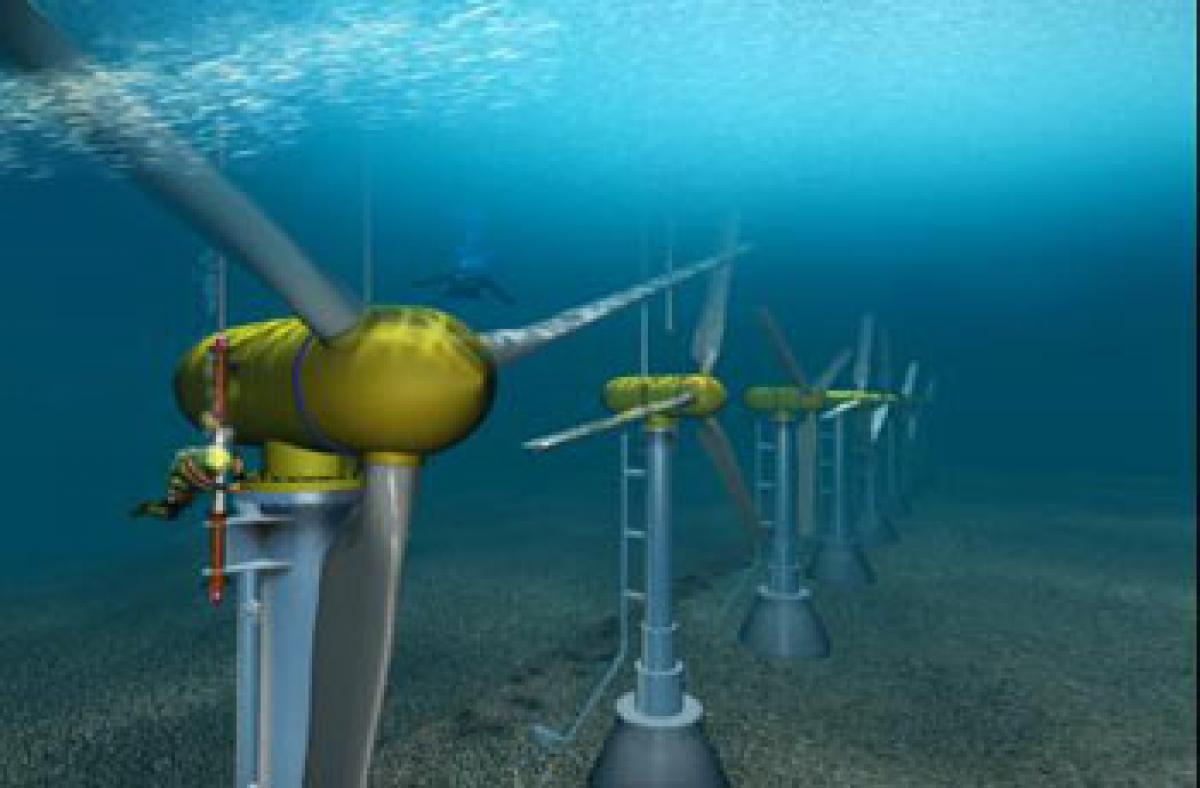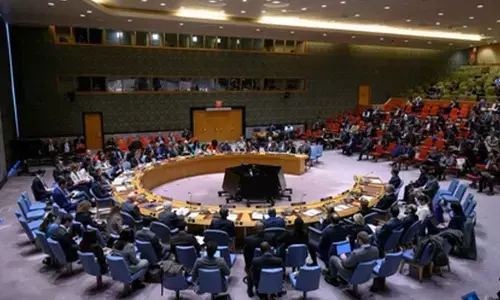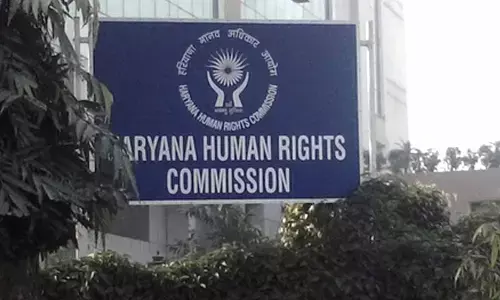India’s ocean energy sources

The Union Cabinet has given its approval for India becoming a member country of the International Energy Agency - Ocean Energy Systems (IEA-OES) by signing the Implementing Agreement (IA). The nodal agency for the membership would be Earth System Science Organisation - National Institute of Ocean Technology (ESSO-NIOT) under the Ministry of Earth Sciences.
The Union Cabinet has given its approval for India becoming a member country of the International Energy Agency - Ocean Energy Systems (IEA-OES) by signing the Implementing Agreement (IA). The nodal agency for the membership would be Earth System Science Organisation - National Institute of Ocean Technology (ESSO-NIOT) under the Ministry of Earth Sciences.
India's own research projects with specific targets can be taken up in conjunction with other countries. The IEA is an inter-governmental organization with a broad role of promoting alternate energy sources (including renewable energy), rational energy policies and multinational energy technology co¬operation and acts as energy policy advisor to 29 member countries.
The long coastline of India and severe power deficit in the country, warrant the study of ocean renewable energies. India measures 3,214 km (1,997 miles) from north to south and 2,933 km (1,822 miles) from east to west. It has a land frontier of 15,200 km (9,445 miles) and a coastline of7,517 km (4,671 miles).
Vagaries of the sea makes harnessing ocean energy a technological challenge. According to the Ministry of New and Renewable Energy, the energy potential of our seas and oceans well exceeds our present energy needs. India has a long coastline with the estuaries and gulfs where tides are strong enough to move turbines for electrical power generation.
A variety of different technologies are currently under development throughout the world to harness this energy in all its forms including waves (40,000 MW), tides (9000 MW) and thermal gradients (180,000 MW). In India, the total identified potential of Tidal Energy is about 9000 MW in West Coast Gulf of Cambay (7000 MW), Gulf of Kutch (1200 MW) and in East Coast the Ganges Delta in the Sunderbans in West Bengal for small scale tidal power development estimates the potential in this region to be about 100 MW.
In the Indian context designing of scaled up ocean energy devices (including wave, currents and tidal) and their techno-commercial viability needs to be undertaken. Tropical countries have high sea surface temperatures and hence Ocean Thermal Energy Conversion (OTEC) is a good option for countries like India. NIOT, an autonomous research institute under the Ministry of Earth Sciences, is working in the area of ocean energy and desalination.








